
Pulsar 250 Twins Go Dark, Get Safer
- Jun 24, 2022
- Views : 13144

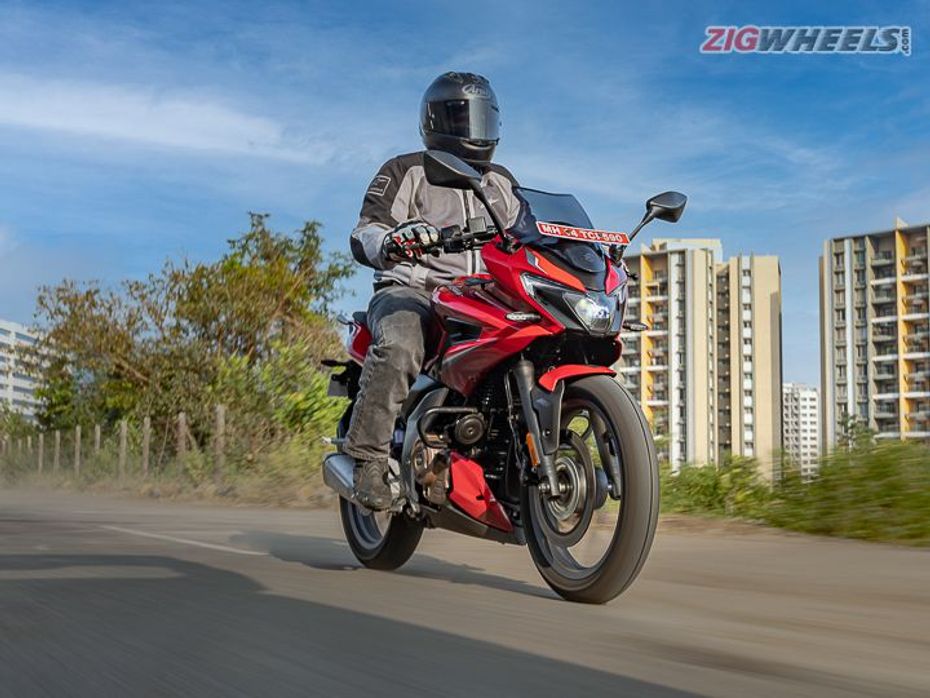
The Bajaj Pulsar is an icon when it comes to the Indian two-wheeler space and among the Pulsar family, the Bajaj Pulsar 220F is a rockstar. However, ever since its debut, the Pulsar 220F has only received cosmetic updates in the form of new graphics and mechanical updates to make it BS6 compatible. Now, the Chakan based two-wheeler giant has launched the new Bajaj Pulsar F250, the spiritual successor to the legendary 220F. We recently got to ride the new Pulsar 250 and here’s a review of the new bike through images.
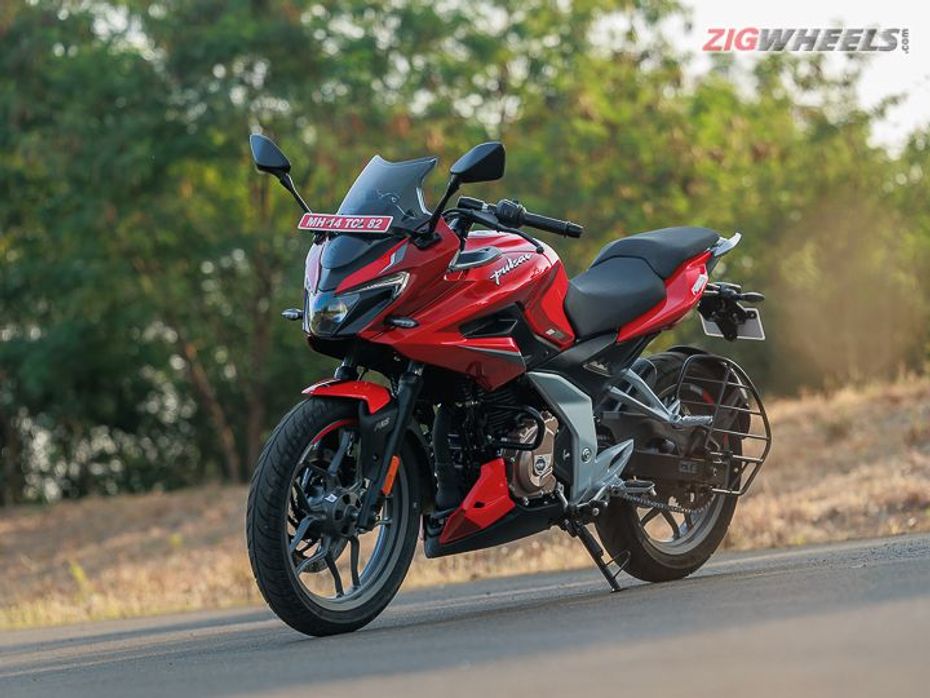
Let’s start with styling, and you can see the Pulsar 220 clearly in its lines. The design of the Pulsar F250 can be labelled as evolutionary, not revolutionary.
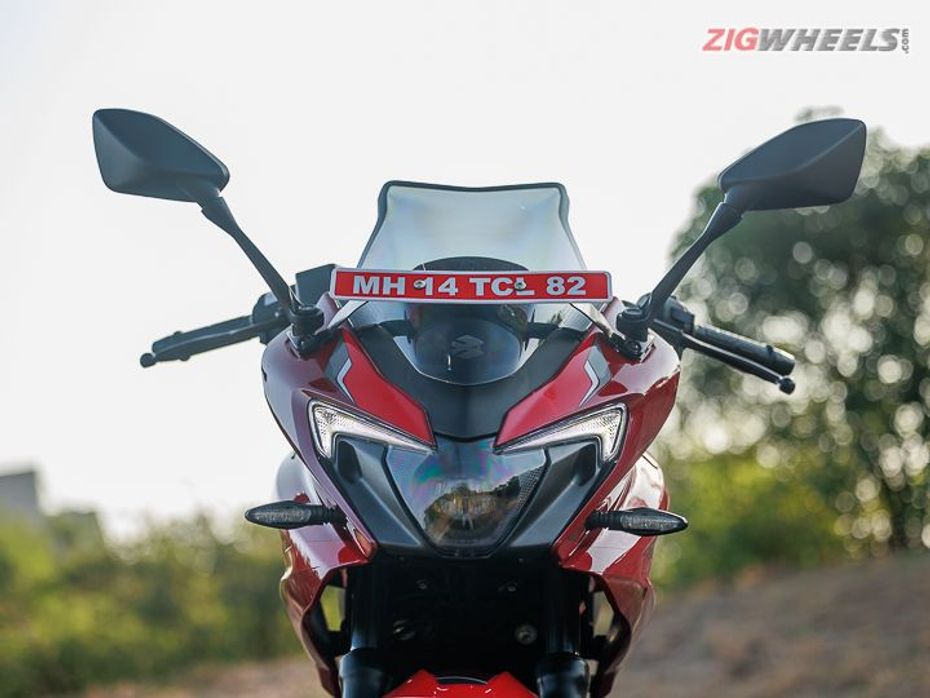
It features a single LED projector headlight with boomerang-shaped LED DRLs and even the turn indicators are LED units.
The fuel tank and the half fairing have been integrated neatly, however the graphics are busy.
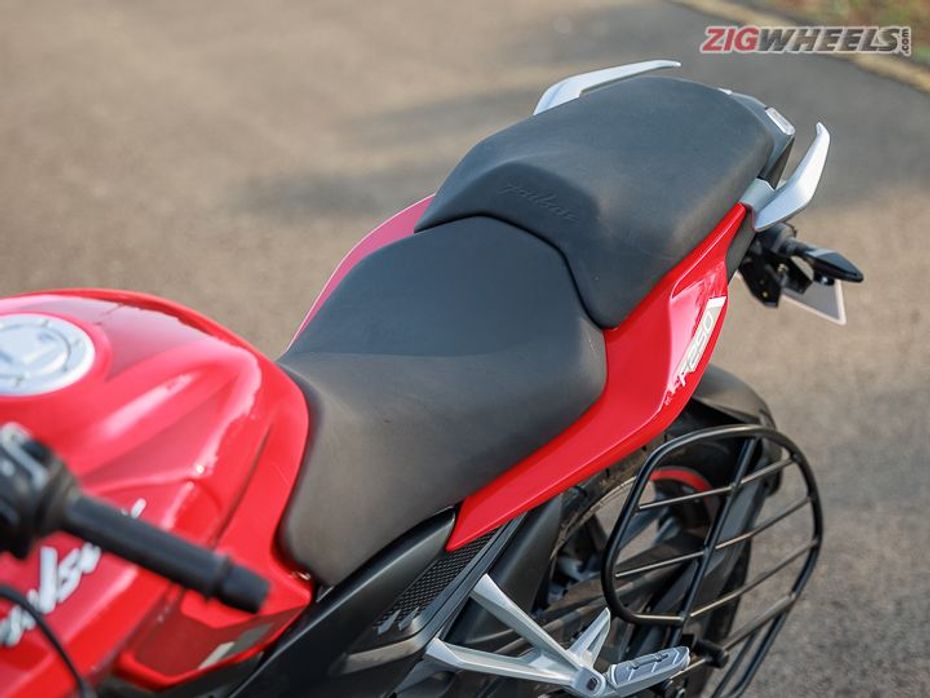
It also gets a large, split-seat unit.

The tail section is reminiscent of the Dominar 400 and features a similar split LED tail light.
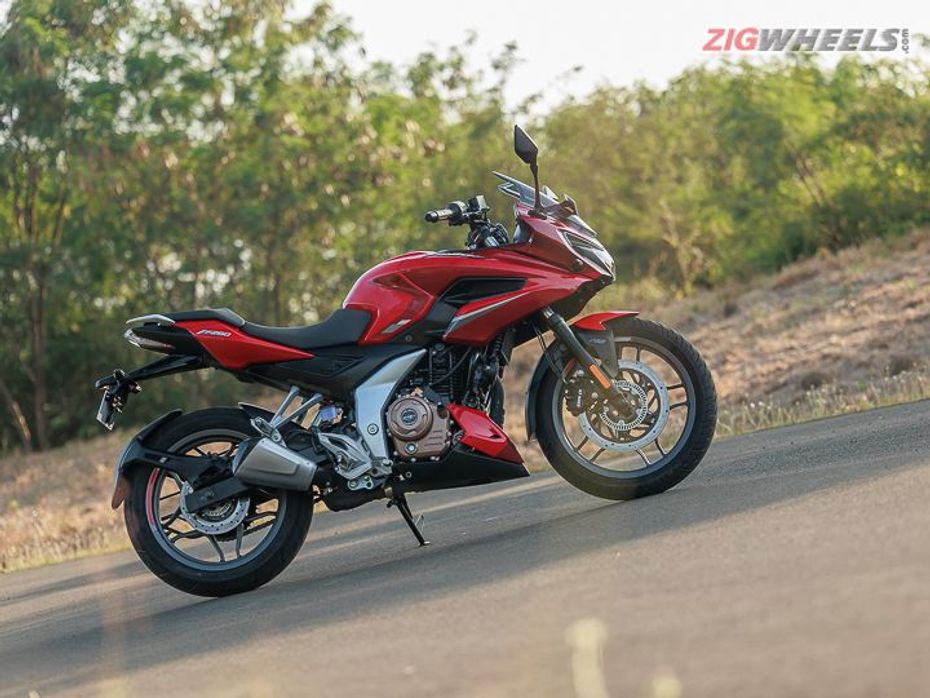
One design element that we didn’t like is the exhaust muffler as it’s too small and doesn’t gel well with the overall styling.
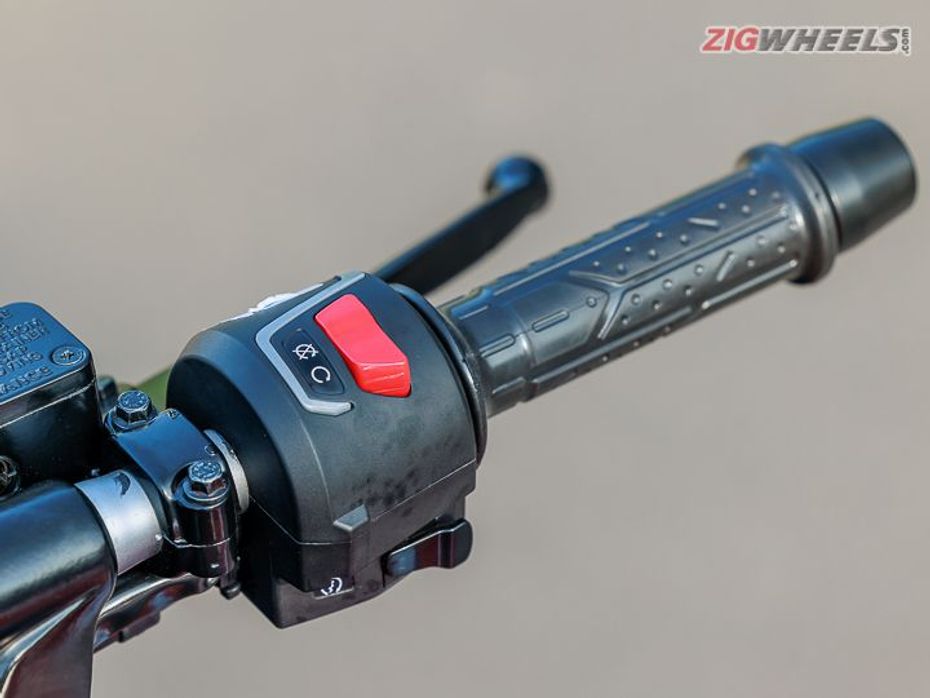
Switchgear has been redesigned and is a backlit unit.
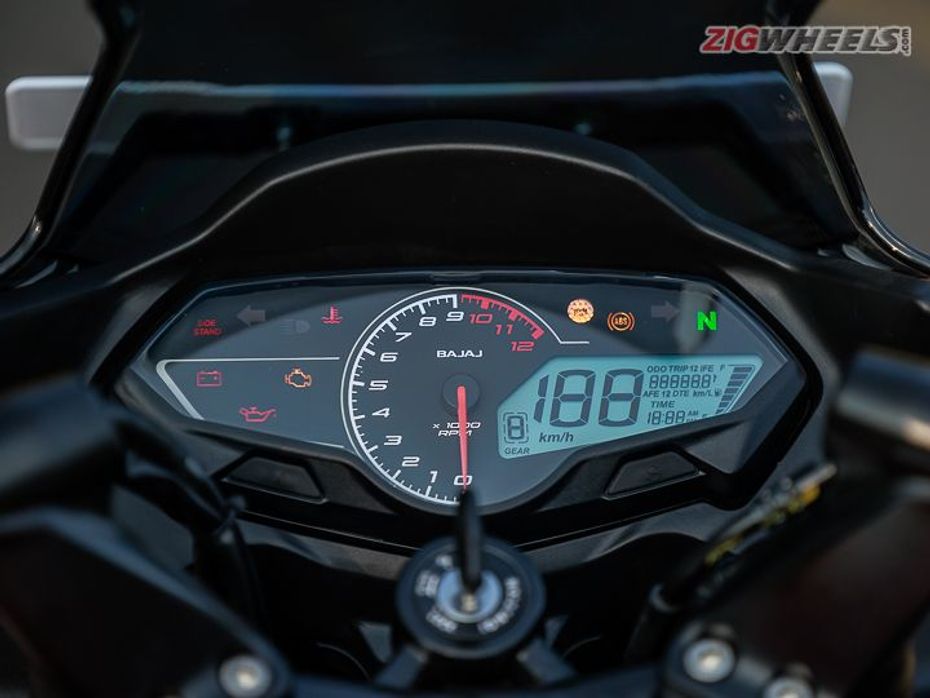
The bike features a semi-digital instrument console. The Pulsar F250 is the first Pulsar to sport a gear position indicator, range and real-time fuel efficiency.
There’s also an USB charger below the handlebar and the Pulsar 250 misses out on bluetooth connectivity and turn-by-turn navigation.
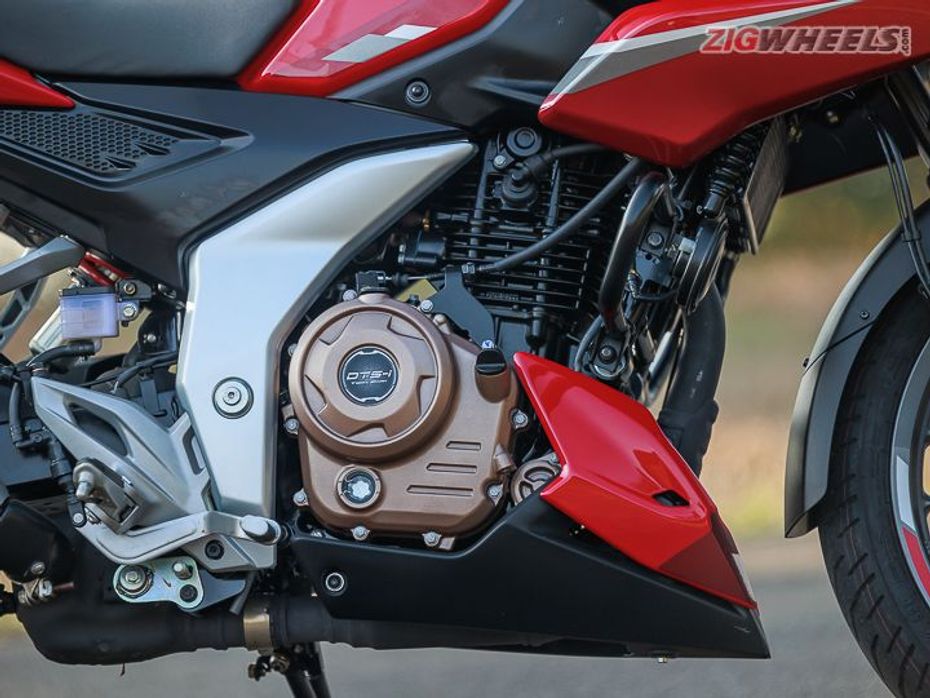
The Bajaj Pulsar F250 is powered by an all-new 250cc motor. The oil-cooled engine produces 24.5PS and 21.5Nm, making it the torquiest Pulsar on sale.
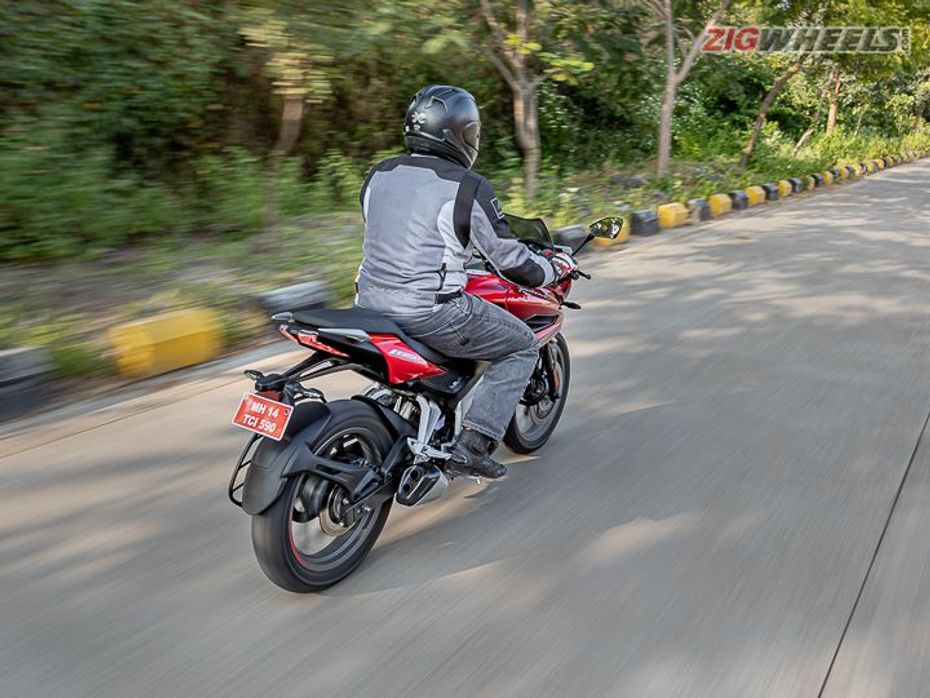
Acceleration of the Pulsar F250, in typical Pulsar fashion, is strong and the bike pulls cleanly off the line. We managed a 0-60kmph time of 3.94sec.
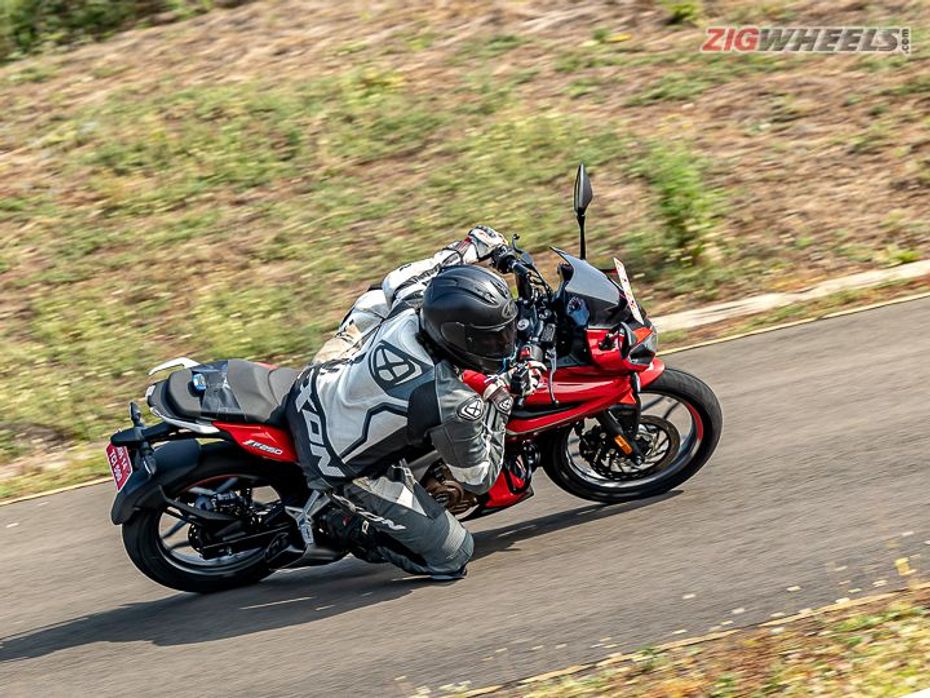
The abundance of torque bestows the bike with a strong mid-range performance and even if you’re riding the bike a gear higher, it doesn’t matter as the bike chugs.
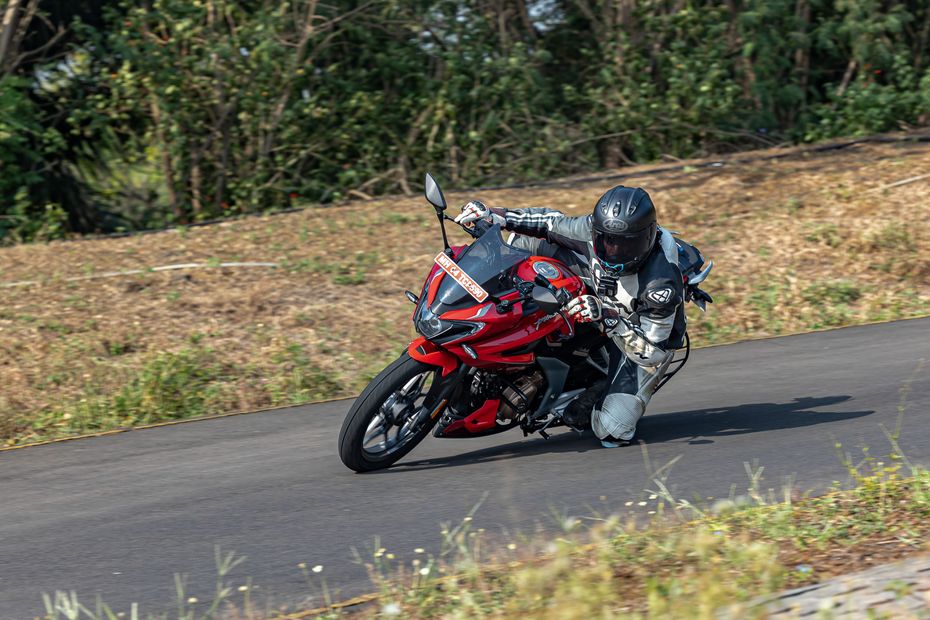
City commutes will be a breeze as you can effortlessly ride the bike in 3rd or 4th gear and the slipper clutch is an useful addition.
On the track we saw a speedo-indicated 143kmph, which when verified with a V-BOX turned out to be 135kmph, so touring on the bike shouldn’t be a task.

While the refinement levels on the new Pulsar 250 is significantly better than the Pulsar 220F, you do feel a buzz on the handlebar, footpegs and the seat.
Seat height is 795mm and the narrowness of the seat means that shorter riders won’t find the Pulsar 250 intimidating.
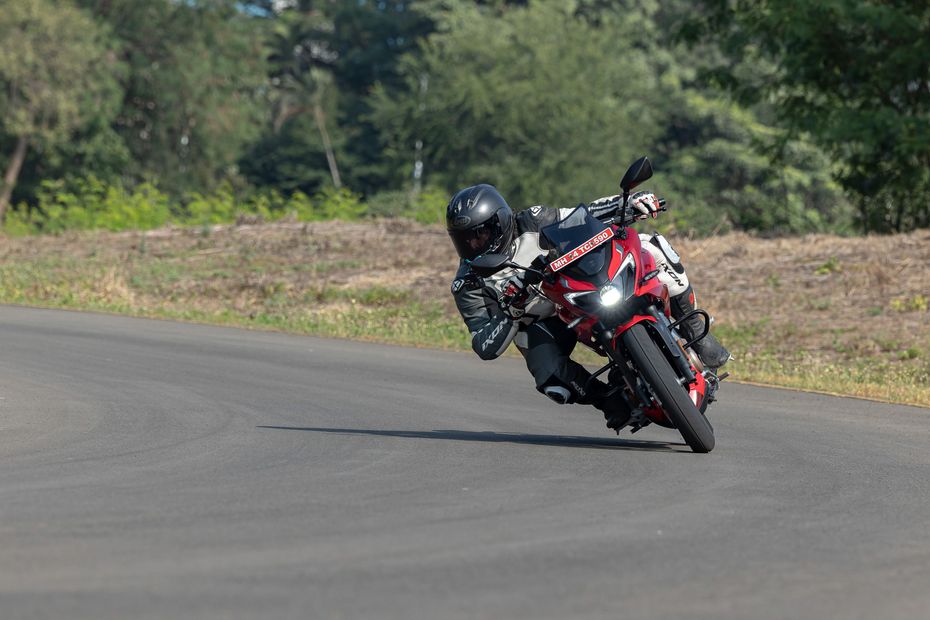
The Pulsar F250 also features a new tubular steel chassis and the steering is much quicker than the Pulsar 220.
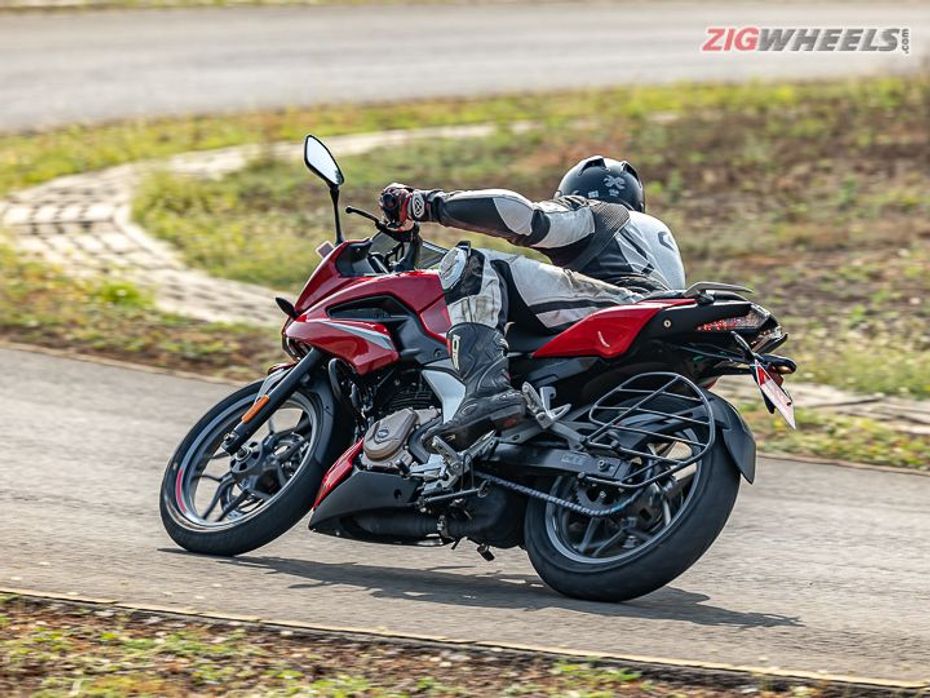
Out on the test track, the Pulsar F250 didn’t feel nervous and one can enjoy the bike on track outings. However, it isn't as precise as the Yamaha R15.
On city roads, both the bikes felt agile and easy to steer. However, one can’t miss its 164kg kerb weight.
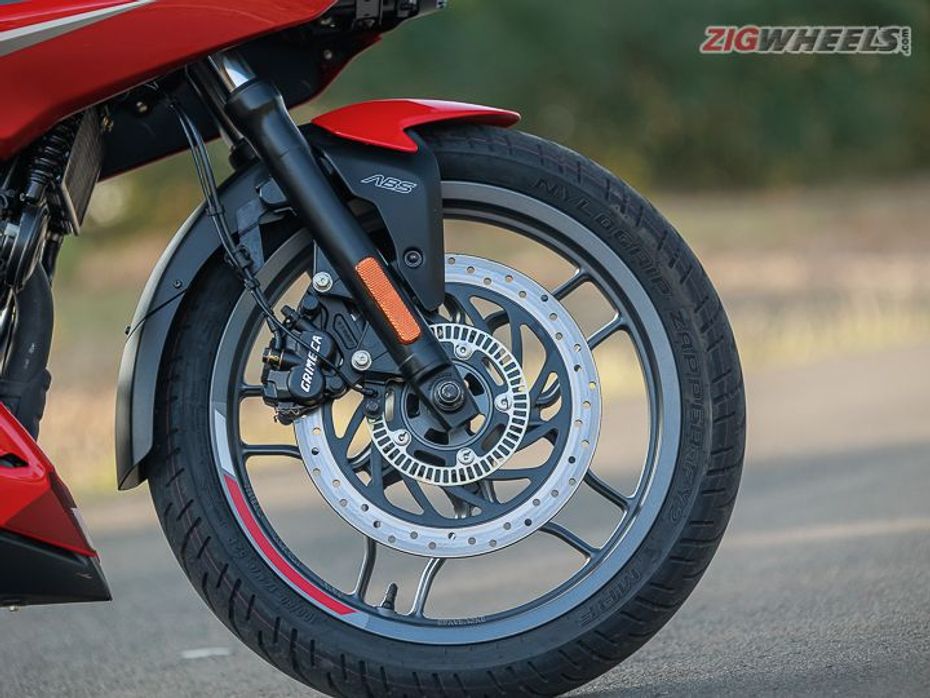
Among the highlights of the new Pulsar F250 is its ride quality. It tackled broken roads, speed bumps and potholes in a very composed manner.
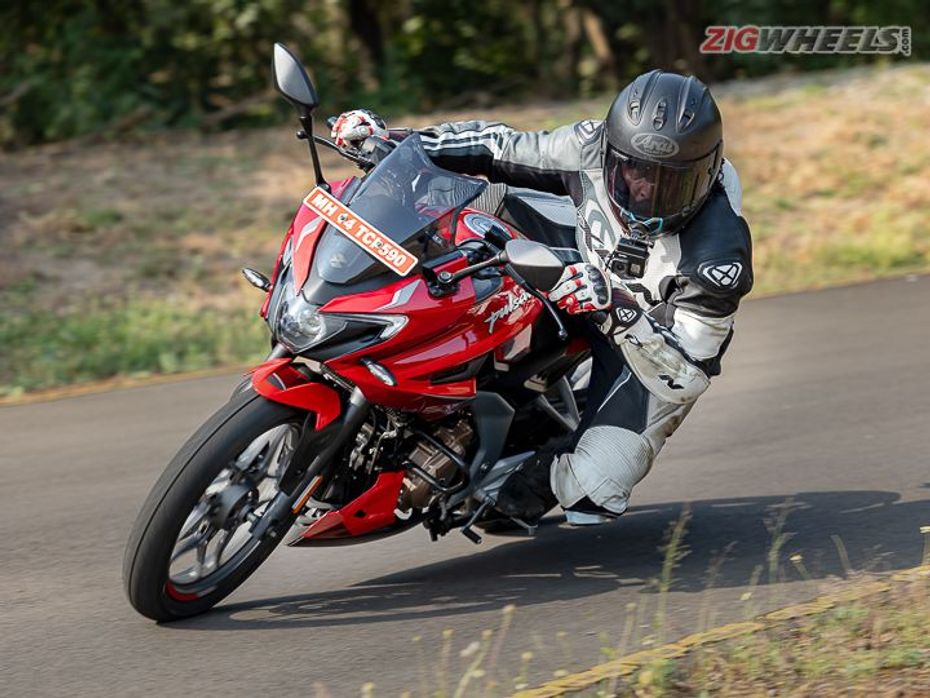
Braking performance is good, with decent bite and feedback through the lever. But one major miss is that the Pulsar 250 doesn’t get dual-channel ABS even as an option.
The Bajaj Pulsar F250 retails at Rs 1.40 lakh, around Rs 6.000 more than the Pulsar F250.
While the Pulsar F250 doesn’t set any new benchmarks like its iconic predecessor, it does its job well. So if you were planning to buy the Pulsar 220, we will suggest splurging on the extra money and riding back a much better bike home.

Pulsar 250 Twins Go Dark, Get Safer

Weekly Two-Wheeler News Wrapup: Royal Enfield Guerrilla 450 Spied...

2024 Bajaj Pulsar F250: Top 5 Highlights Explained

2024 Bajaj Pulsar F250 Launched At Rs 1,50,829

1,000km in 2 days - Bajaj Pulsar F250 Touring Review

Bajaj Pulsar 220F Launch Confirmed; Bookings Open

Check Out The Prices Of All The 250cc Bikes In India

Top 5 Best-selling Quarter Litre Bikes In December 2022
 TVS Apache RTR 160
TVS Apache RTR 160
 Bajaj Pulsar NS200
Bajaj Pulsar NS200
 Bajaj Pulsar NS160
Bajaj Pulsar NS160
 Bajaj Pulsar N160
Bajaj Pulsar N160
 Yamaha R15S
Yamaha R15S
India's largest automotive community
 Bajaj Pulsar NS200
Rs. 1.58 Lakh
Bajaj Pulsar NS200
Rs. 1.58 Lakh
 Bajaj Pulsar 125
Rs. 83,846
Bajaj Pulsar 125
Rs. 83,846
 Bajaj Pulsar NS 125
Rs. 1.01 Lakh
Bajaj Pulsar NS 125
Rs. 1.01 Lakh
 Bajaj Pulsar NS160
Rs. 1.47 Lakh
Bajaj Pulsar NS160
Rs. 1.47 Lakh
 Bajaj Pulsar N160
Rs. 1.33 Lakh
Bajaj Pulsar N160
Rs. 1.33 Lakh
 Bajaj Chetak
Rs. 1.20 Lakh
Bajaj Chetak
Rs. 1.20 Lakh
![Bajaj Chetak [2020 - 2024] Bajaj Chetak [2020 - 2024]](https://media.zigcdn.com/media/model/2024/Sep/bajaj-chetak-2025-right-side-view_135x90.jpg) Bajaj Chetak [2020 - 2024]
Rs. 99,998
Bajaj Chetak [2020 - 2024]
Rs. 99,998